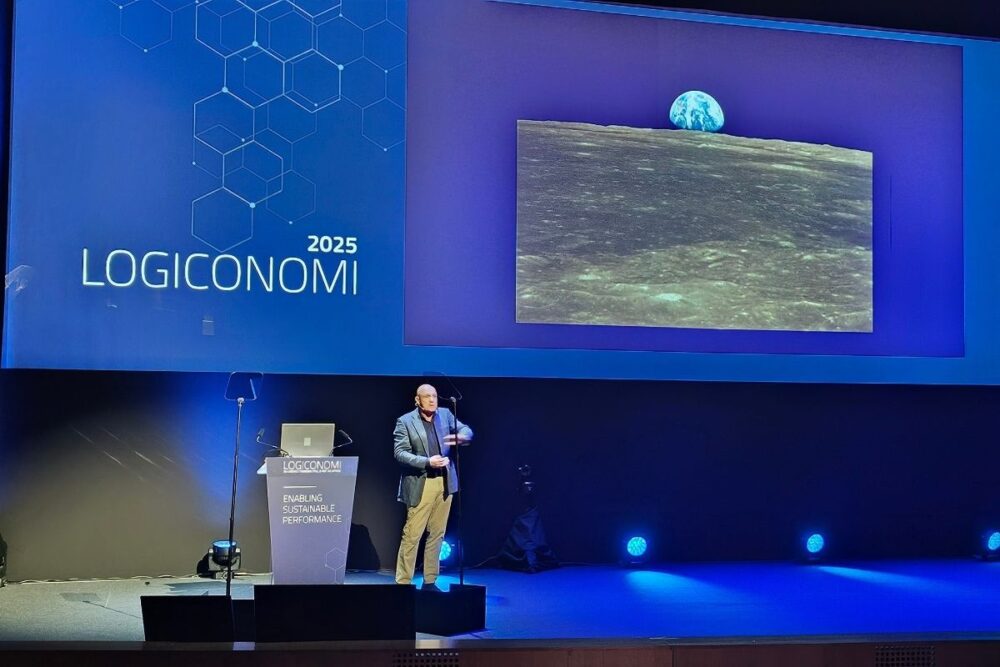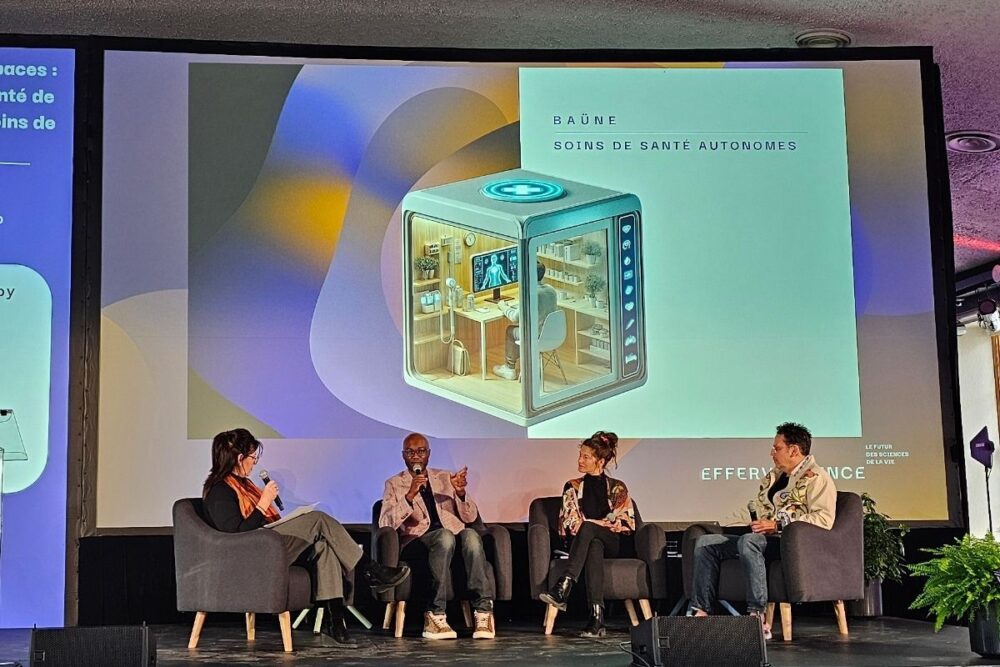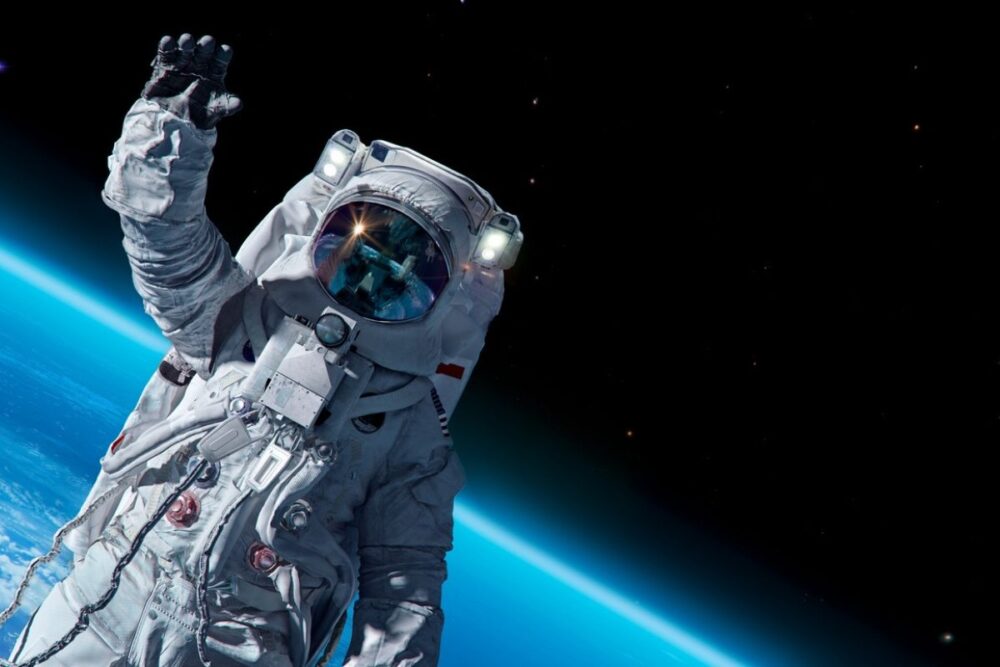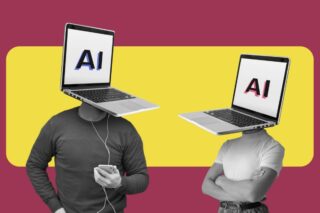When we imagine the challenges of space exploration, we often think of propulsion systems, radiation shielding, and oxygen supply. But one of the most complex challenges may be far more familiar: healthcare. How do we diagnose, treat, and monitor human health in extreme isolation—whether aboard the International Space Station or on a future Mars mission?
The answer lies in a surprising convergence of technologies, disciplines, and environments. From cutting-edge telemedicine and autonomous diagnostic pods to digital twins and exoskeletons, space agencies and engineers are designing new ways to deliver care without direct contact. These innovations, driven by the constraints of space, are now being adapted for remote and underserved populations back on Earth.
The Human Body Put to the Test in Space
As humanity sets its sights on deeper space exploration—towards the Moon, Mars, and beyond—keeping astronauts healthy during long-duration missions is a pressing engineering and medical challenge. Because space travel does a lot to the human body.
Dutch astronaut André Kuipers, a veteran of two missions aboard the International Space Station, offered a vivid and personal account of the physical challenges encountered in orbit.
“Right from the launch, the body is under stress. In space, fluids in the body start to float. Your face gets puffy — it feels swollen,” he explained.
Without gravity, muscles and bones quickly deteriorate. To counteract this, astronauts must do up to two hours of physical exercise per day. Otherwise, they risk serious muscle and bone loss.
But physical conditioning alone isn’t enough. Astronauts also need to be able to handle complex situations in highly restrictive environments. For this, much of their training happens on Earth… underwater.
“Floating underwater is very similar to floating in weightlessness. We have a massive pool — 12 meters deep — with a replica of the space station submerged inside. There, we learn how to install equipment, how to move things around, and how to solve problems, all in an environment that mimics space as closely as possible.”
It’s a rigorous daily routine, where every movement, every technical operation is rehearsed extensively before ever leaving Earth.

The Space Station as a Medical Lab
Laure Boyer, biomedical engineer at MEDES – Institute for Space Medicine and Physiology, works on maintaining astronaut health aboard the ISS, where missions typically last six months. At a recent interdisciplinary panel titled “Space and Remote Environments,” during the Effervescence Forum in Montréal last month, she explained that much of the work done for space is directly translatable to life on Earth.
“The physiological challenges astronauts face—bone density loss, cardiovascular stress, muscle atrophy—are nearly identical to those of aging populations,” Boyer explained. “In microgravity, the human body experiences accelerated aging. We design countermeasures not just to keep astronauts alive, but to keep them adapted to Earth’s gravity.”
These countermeasures include intense physical training, pharmacological supplements, and increasingly, intelligent wearable devices that track changes in health metrics in real time.
Boyer added that the ISS is not just a spacecraft—it’s a testbed for understanding human health in constrained, isolated environments. And its lessons go far beyond orbit.
Medical Pods for Mars—and Earth
The next frontier is even more ambitious: developing healthcare systems that work autonomously for long-duration missions to the Moon and Mars, where communication delays and logistical barriers make Earth-based intervention nearly impossible.
“On Mars, there’s no FedEx delivery for medical supplies,” joked Boyer. “We’re working on compact, energy-efficient diagnostic tools.”
To that end, Boyer’s team is working on several disruptive technologies:
- Miniaturized MRI systems that require no consumables
- Portable diagnostic pods that function with minimal energy
- Augmented-reality interfaces for decision support under cognitive load
- Robotic culinary systems for sustaining morale and nutrition during confinement
“We’re designing care modules that may not even look like a ‘medical room’—maybe it’s just a pod or a toolkit. What matters is that it’s self-sufficient, low-energy, and effective,” said Boyer.
A Real-World Example: The Autonomous Medical Capsule
This vision is already materializing. Aurélien Balondona, founder of Baüne, presented one of the most tangible examples of space-derived medical innovation: an autonomous medical capsule developed in collaboration with the Canadian Space Agency.
“This capsule is fully integrated,” said Balondona. “It includes remote vitals monitoring, telepharmacy, teleconsultation, and even exercise tracking—everything an astronaut or remote patient needs.”
At its core is a system of connected sensors worn by the user, sending health data to clinicians in real time—or assisting a peer inside the capsule. Through AR visualization, the system can guide astronauts (or patients) through triage and treatment decisions.
“One of our goals is to ensure that digital twins—real-time, data-driven avatars of patient health—become practical tools for prevention,” said Balondona. “They offer autonomy and empower both clinicians and individuals to make early, informed decisions.”
Notably, the capsule also includes psychological wellness tools: exercise equipment, teletherapy, and even AI-enhanced interfaces to detect mood shifts—critical for mental health during extended isolation.

Health in Isolation: From Deep Space to Rural Areas
Dr. Richard Fleet is an emergency physician and prolific researcher on rural healthcare in Canada. For him, geographic remoteness remains one of the most dangerous variables in emergency medicine.
“We’ve published over 50 studies on access to emergency care in rural Canada,” Fleet noted. “These communities have fewer specialists, less diagnostic equipment, and limited ambulance services. It’s not like calling an Uber. It takes time—and sometimes, too much time.”
Fleet cited sobering statistics: in some rural areas of Québec, patients who suffer strokes are 25% more likely to die within 30 days than their urban counterparts. Those involved in traffic accidents are up to three times more likely to die before receiving critical care.
This lack of access mirrors conditions faced by astronauts—operating far from hospitals, isolated from real-time medical support, and vulnerable to both physical and psychological stressors. Space, in essence, is the most extreme “remote environment.”
Fleet’s work draws a poignant parallel with space medicine. For him, both rural communities and astronauts face the same core challenge—how to deliver high-quality care when you’re far from the nearest hospital. For astronauts, that hospital might be 400 kilometers above Earth; for rural populations, it could be a hundred kilometers down a winding road, with limited ambulance services.
This is why many of the innovations developed for treating astronauts in space are finding vital applications back here on Earth, especially in remote and underserved regions.
Dual-Use by Design: Earth Benefits from Space Tech
But bringing these innovations from orbit to Earth isn’t just a matter of repurposing. It requires careful redesign and cultural adaptation. You can’t just drop a space tech into a rural clinic and expect it to work, Balondona explained:
“When you build for space, you’re designing for extreme conditions, with close collaboration between stakeholders. But back on Earth, you need a different kind of collaboration—with local communities, with users, with healthcare systems. Otherwise, the tech just won’t work.”
His team often “deconstructs” their space technologies to make them suitable for rural or under-resourced regions. This includes adjusting for bandwidth, training needs, language, and social norms.
Boyer agreed, emphasizing that space innovation only works when it’s grounded in real-world expertise:
“We rely on terrestrial experts. If we’re studying bone health in microgravity, we go to osteoporosis specialists. If we’re researching isolation, we consult psychologists working in long-term care facilities. The synergy accelerates progress.”
The effort also extends to mental health. As missions lengthen, the psychological toll of isolation becomes more significant. Simulated Mars bases on Earth—where volunteers spend months in confinement—are now being used to test mental wellness strategies, from immersive environments to culinary robotics.
“In France, we know that good food is essential for well-being,” Boyer laughed. “So yes, we’re even developing robotic chefs for space missions.”
The Bigger Picture: Healthcare Without Borders
Ultimately, space is more than a destination. It’s a crucible for innovation—one that pushes medicine to its limits and, in doing so, unlocks solutions for the most vulnerable populations on Earth.
“The human in space is still the human on Earth,” said Balondona. “We’re designing systems not just for astronauts, but for anyone who needs care far from a hospital.”
Whether that’s in orbit, in the middle of the Sahara or in rural communities in Canada.






![Image [Buying Guide] How to Choose the Right Protection Gloves?](/wp-content/uploads/sites/3/Gloves-1-320x213.jpg)



